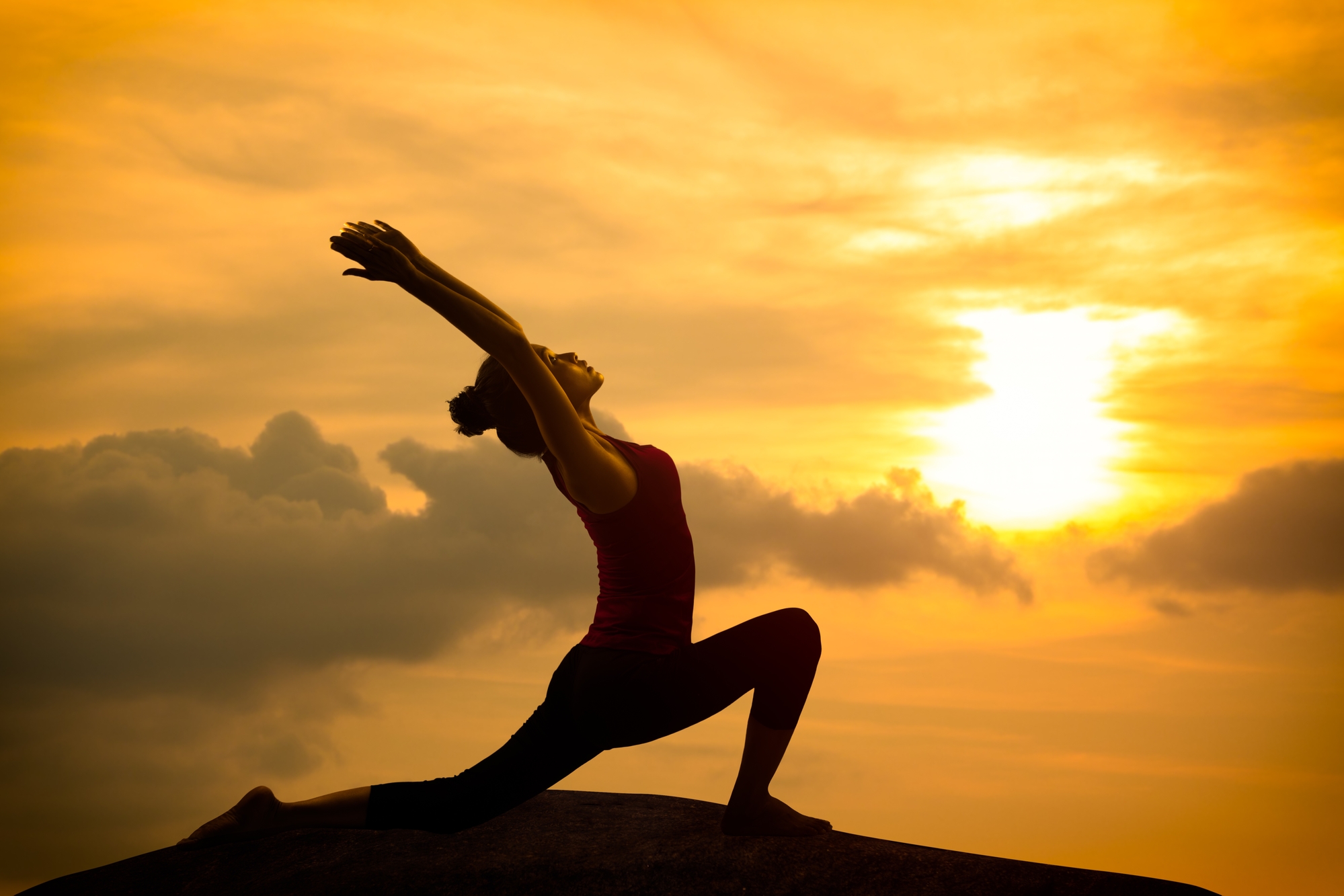Someone sent me an interesting question, which may be the question of many more people who start meditating and become confused in their inner journey. He asked: Does Anapanasati Dhyan have side effects? I mean can it happen that doing this 24×7 hours may reduce being focused towards other things such as studies as we will always be focused towards our breath
And the answer is: Anapansati Dhyan will certainly have side effects if you do it excessively. No method of meditation should be practiced for 24 hours. One should not be obsessed with any method. This obsession often comes out of greed and ambition to achieve some kind of inner power, so that the seeker can show off his inner power to others. This becomes another kind of power-trip to impress others. And the seeker becomes too serious, losing his natural playfulness. This is the side-effect.
And let us see what Anapansati Dhyan is. Osho talks about it in Jin Khoja Tin Paiyaan ( also available in English: In Search of the Miraculous) book: You can try Anapanasati in many ways. If you watch the way you walk – if you just observe how the right foot rises and moves, and then the left foot rises and moves – if you only watch the movement of your feet, you will find after two weeks that you are quite separate from your feet. You will clearly see your feet as the observed, and you remain the observer. Your own feet will seem to you to be functioning mechanically.
“Such a person can say that walking, he does not walk, talking he does not talk, eating he does not eat, sleeping he does not sleep. And he is right. But it is very difficult to understand such a person who has become a watcher on the hill. If he is a witness to his walking, if he really does not walk while walking, he is the only one who actually sees it so; it will be difficult for others even to understand it. If he is a witness to his talking, he will not talk while talking, he will remain just a witness.
“Anapanasati is a significant technique; it makes you the witness, the witnessing soul, but it is different from kundalini. It is likely that through deep and intense breathing an excess of oxygen enters the lungs of the seeker, causing him great harm. What do you say? Actually, nobody uses their lungs fully while breathing. There are roughly six thousand air sacs in a person’s lungs, out of which barely fifteen to twenty hundred sacs are filled with oxygen if the person is very healthy and breathes normally. The rest are filled with carbon dioxide, which is another name for filth. “Therefore it is difficult to find anyone who takes in more oxygen than is necessary. Even someone who takes in the necessary amount of oxygen is rare. Most of our lungs remain unused. It would be really great if you could fill your whole lungs with oxygen; it would lead to a great expansion of your consciousness.
“How expansive your life is can be seen from the amount of oxygen you carry in your lungs. The more oxygen, the more life. And if you can fill your entire lungs with oxygen, you will be at the zenith of life. It is oxygen that makes the difference between the healthy and the sick. A sick person is someone who takes in very little oxygen when breathing. That is why some sick people have to be given oxygen artificially. They will die if they are just left to themselves. Health and sickness can be measured by the intake of oxygen.
“That is why running makes you healthy, because running brings you lots of oxygen. Every physical exercise is useful for this very reason. Any activity that adds to your stock of oxygen is good for your health. And what depletes your reserve of oxygen is bad for your health; it will cause sickness.”
We need to have a balanced approach towards yoga and meditation, as Buddha suggested the middle path–Majjhim Nikaya.
Now, let’s come back to the other part of this question about focus. Being focused on anything is not the real thing—being conscious and aware is the real thing. When you are aware of your breathing process, be aware of your breath. But when you are eating, witness your eating, forget the breath. When you are studying, then study, be fully present in your study. Do not remain divided into anything that you do. Remain in the present moment in everything that you do. When crossing the road, cross the road with absolute awareness that you do not get crushed by the traffic. Alertness is the key—then you are in meditation while doing all your acts. Do not get lost into thoughts and memories.
Osho points out: Your mind gives you a sort of stupor. Burdened by the memories of the past, burdened by the projections of the future, you go on living – at the minimum. You don’t live at the maximum. Your flame remains very dim. Once you start dropping thoughts, the dust that you have collected in the past, the flame arises – clean, clear, alive, young. Your whole life becomes a flame, and a flame without any smoke. That is what awareness is.





